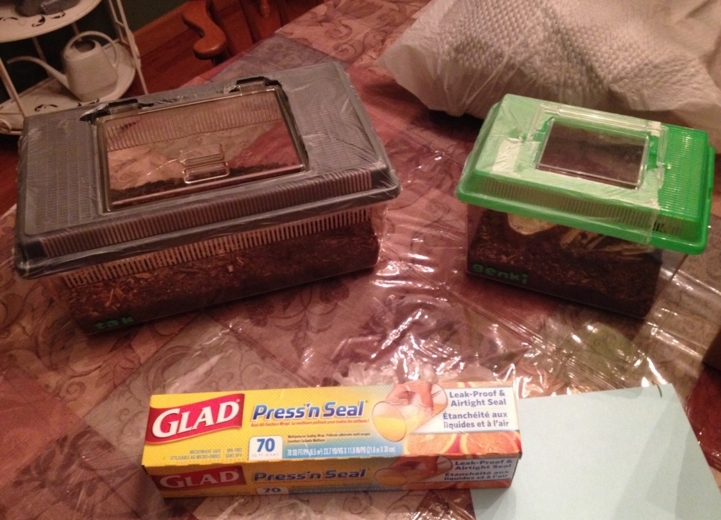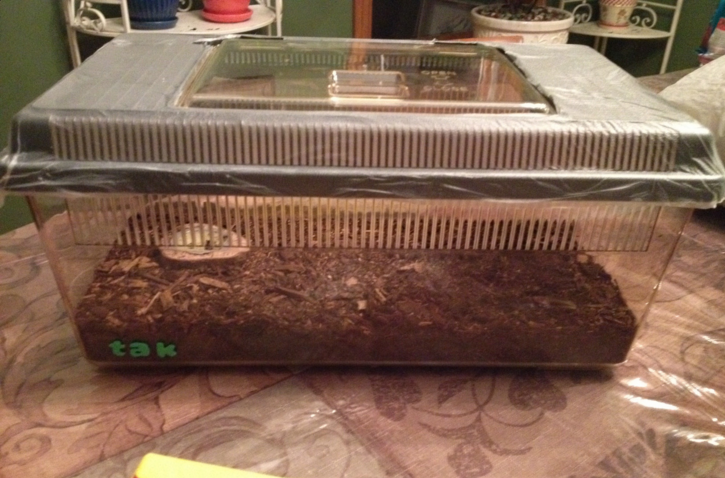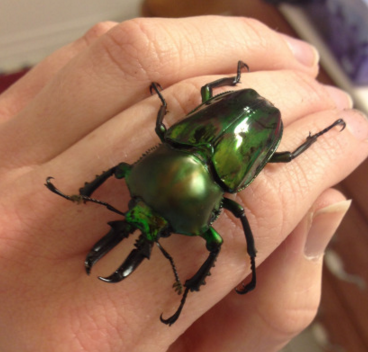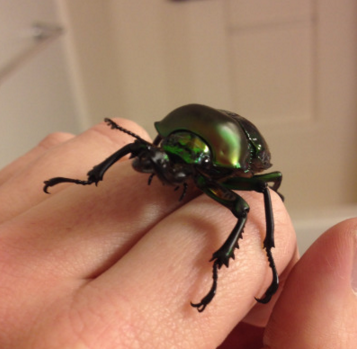When I first obtained a few pairs of Phalacrognathus Muelleri, their appearance was perfect. I housed them in enclosures with white rotting logs and jelly holders. This was a huge mistake. I notice now on all of the males they have significant wear on their backs due to trying to lift the logs and jelly holders to lay under them. I am severely disappointed. If you are trying to breed these types of beetles, please do not make the mistake I made by providing them any hard objects inside their habitat. Note that females were less prone to having these marks and would need the rotting wood inside of the egg laying tank when the time comes.
Last edited by a moderator:





